


Built originally as a private abode in the 1970s on the banks of the Meguro River, WMV VISVIM TOKYO has been renovated using a form of residential architecture similar to that of traditional Japanese tea house aesthetics.
Original materials have been maintained in many of the main structures within the building such as columns, beams, and roofing, while other constructive elements have been built off designs by Hiroki Nakamura.



The flooring of the store, which extends outside of the building, is laid with a mix of pebbles and mortar. During the setting process, it was washed with water prior to completely hardening, using a technique arai-dashi, creating a pleasantly flecked surface.
In addition to those stones, old tile fragments from the original property are also embedded, a playful accent left by the craftsman.



he interior’s walls are the handwork of a plasterer from Kanazawa, softly reflecting natural light within.
Upstairs, a light pink wall, colored using natural mineral components, is coupled with a soft yellow carpet floor, and vintage natural-dyed rug to create an overall warm-palette atmosphere.


The sliding door of the center storage section, features Echizen washi, a type of ancient handmade technique ganpishi paper. Made from the very fine fibers of the ganpi plant, this paper has always been produced in small quantities, as this plant is difficult to cultivate and has to be collected from the wild. Recognized as a premium paper for documents wished to be stored for a long time, it is resistant to insect damage and has high preservation properties. This particular washi is known as echizen torinokogami, said to resemble a chicken’s eggshell, due to its pale yellowish color; having a unique luster, it provides a smooth fine texture for paint brushwork.
The zig-zag patterned artwork primarily consists of four colors; each color part naturally dyed using several types of stencils. (See more on Katazurizome dyeing:katazurizome)




As you enter the cedar-roofed entrance beside the building, tucked away behind the bamboo branches of takehogaki fences, you’ll find the work of Japanese garden master Yasumoro Oyakata. With his experience of over 60 years, his skillful artistry can be felt as he harmoniously matches the shop interior with earthen clay walls made of soil and straw, cedar skins roof tiles, and stone steps. The abovementioned arai-dashi flooring, was also created under his supervision for the composition and finish of the materials, pebbles and gravel selected.
From the second-floor windows, outside you can see the copper-plated roof and rain gutters, all custom-made. Over time, a natural patina is intended with age, typical of metal roofs seen at shrines and temples in Japan. Similarly, copper frame customized detailing can be seen on the large chouchin lantern hanging in the atrium setting of the store.


As our Tokyo flagship for WMV, designer Kelsi Nakamura, produced the shop’s ceramic name sign out front, adding to the wood-carved framework which sits above the center storage sliding door, based off Hiroki’s free-hand sketch. From the custom gates, counters, sculpture stands, mirrors and handles, handcrafts have been applied throughout the entire space. It is our hope customers will discover not only beautiful details that are categorized as “traditional” but also admire craftsmanship that gives a sense of newness which can be enjoyed over time.
WMV VISVIM TOKYO will house our womenswear brand WMV and visvim, as well as serving little cloud coffee. We look forward to your visit.
WMV VISVIM TOKYO
1-22-1 AOBADAI MEGURO-KU
TOKYO 153-0042 JAPAN
+81 (0)3 6303 3717
Business Hours : 11:00-20:00


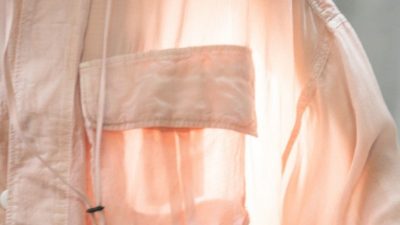
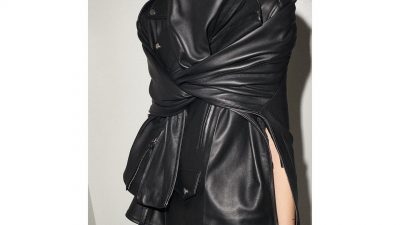


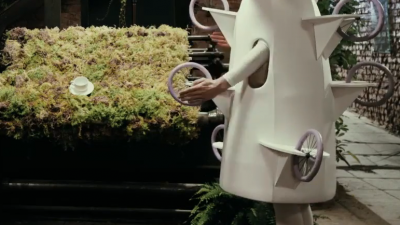
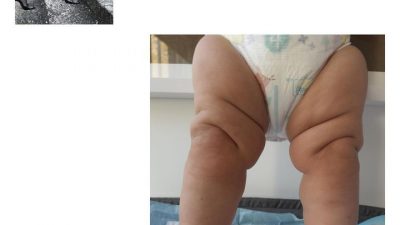


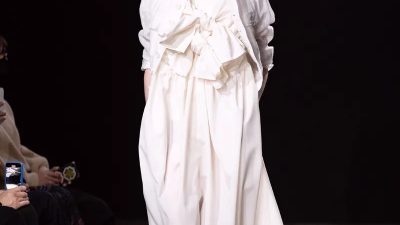

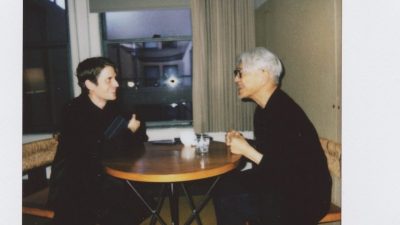
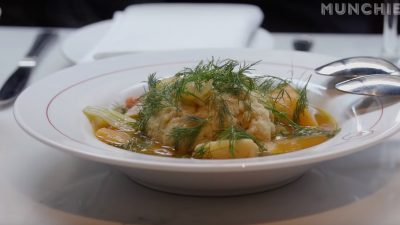


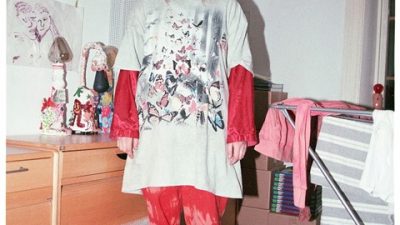
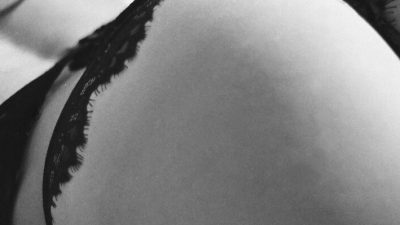


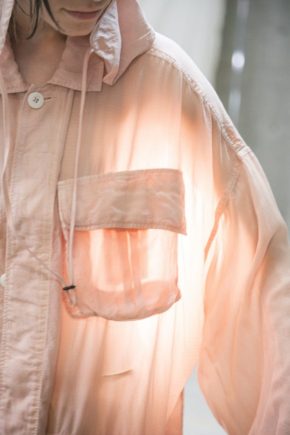
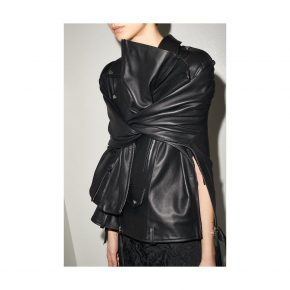


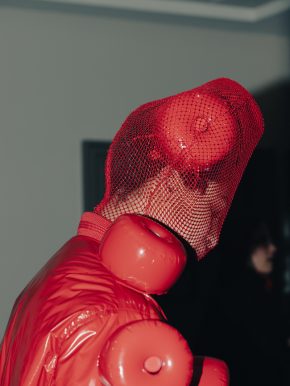
Comments